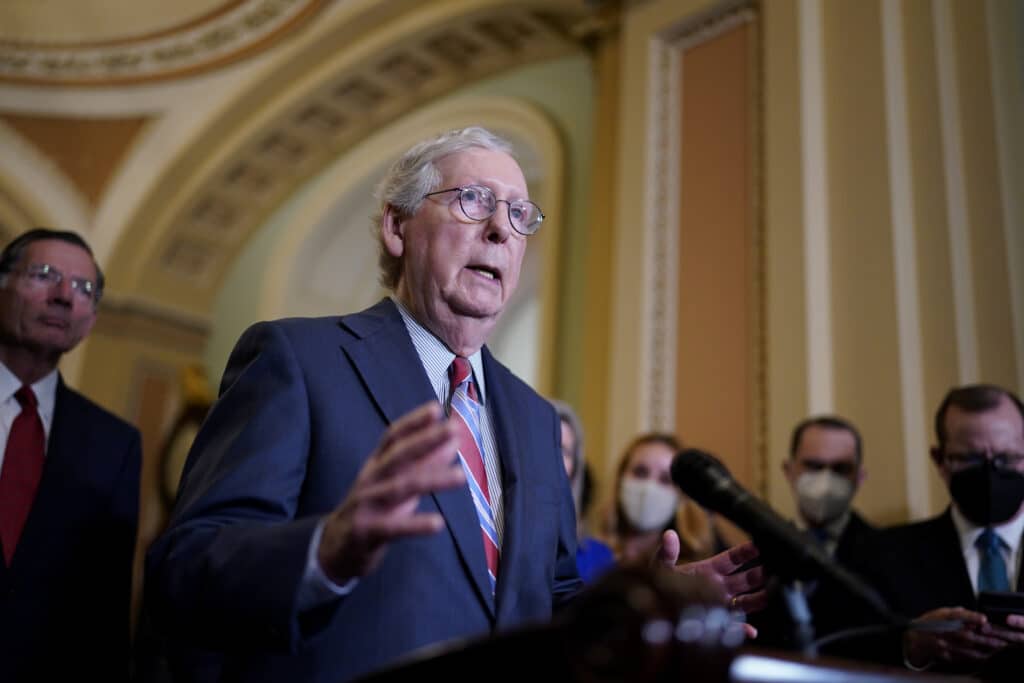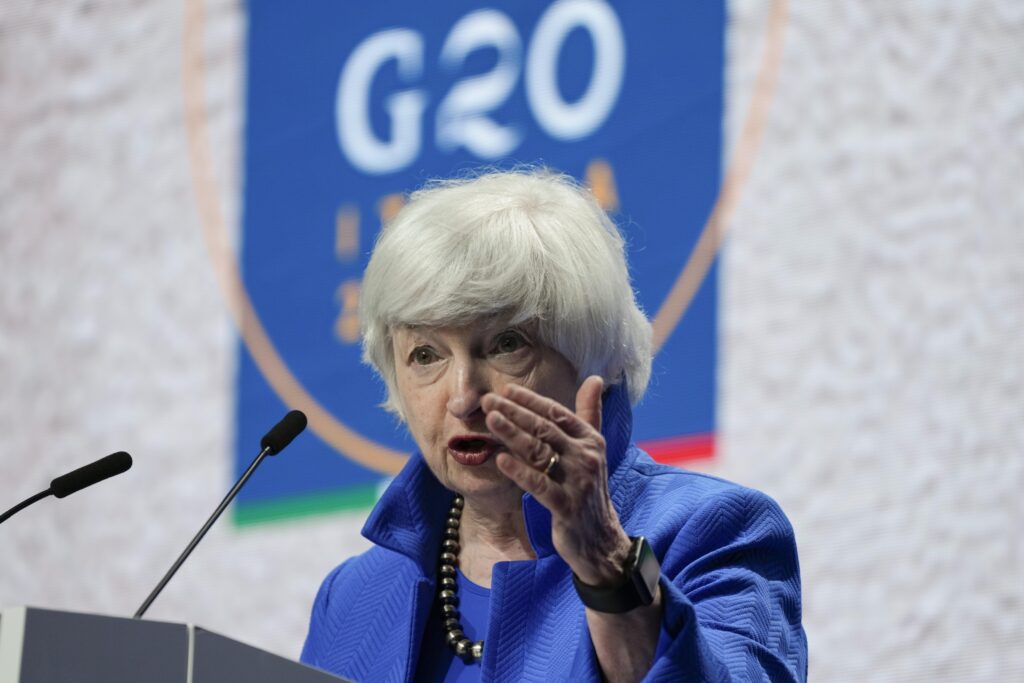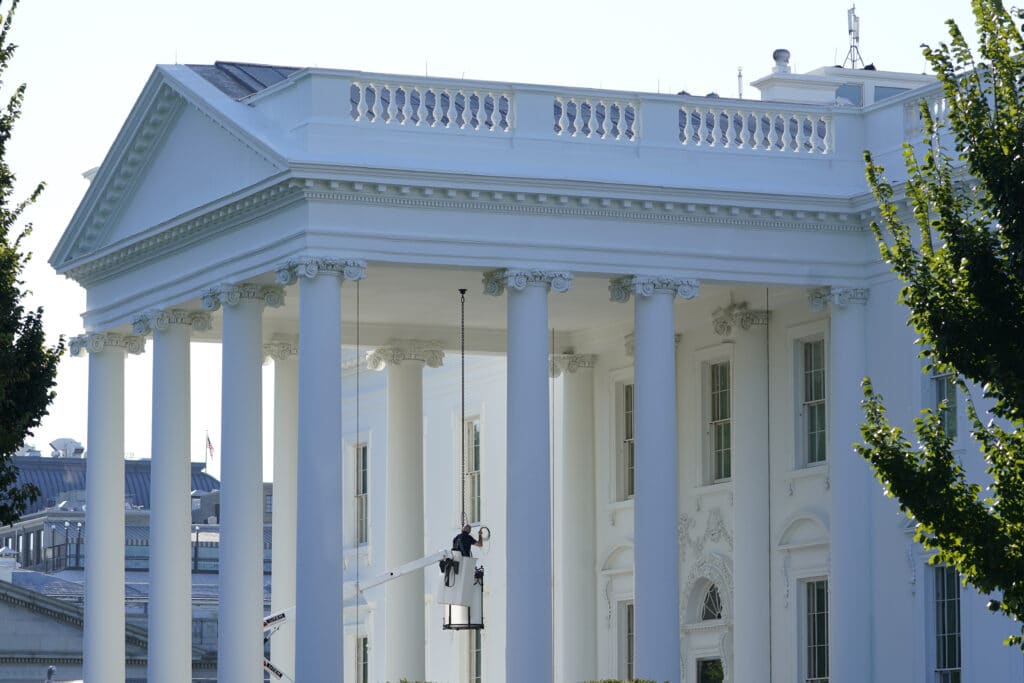The Treasury Department has engaged in extraordinary measures to keep the government running after the suspended debt limit was reinstated, and now fear mongering by tax and spenders in Congress want the limit raised so they can continue to borrow money as they please. Fiscal responsibility is not the first thing that comes to mind when one thinks of the U.S. Congress, we the people have had our power circumvented by those craving in pure power.
McConnell has said he will not sanction further debt limit increases and the Democrats can to go it alone
The White House is warning state and local governments about severe cuts to disaster relief, Medicaid, infrastructure grants. school money and other programs if Congress fails to raise the U.S. debt limit.

A fact sheet for state and local officials that was obtained by The Associated Press is an attempt to ratchet up the public pressure on Senate Republican leader Mitch McConnell. President Joe Biden has insisted so far on bipartisan backing to increase the cap on debt that was almost entirely accrued before he took office, but McConnell, R-Ky., has been unmoved and has repeatedly said that Democrats must act on their own.
The Treasury Department has engaged in extraordinary measures to keep the government running after the suspended debt limit was reinstated in August at a level of $22 trillion, about $6 trillion less than the current total debt load. Treasury’s extraordinary measures will be exhausted by October, creating the potential for default.

The debt limit is the amount of money Congress allows the Treasury to borrow. It was suspended three times during the Trump administration and has been lifted dozens of times since 1960. Created at the start of World War I so Congress would no longer need to approve each bond issuance, the debt limit has evolved into a political weapon as borrowing has sharply escalated over the past two decades.
McConnell has said he will not sanction further increases and that the Democrats have the ability to go it alone.
“With a Democratic President, a Democratic House, and a Democratic Senate, Democrats have every tool they need to raise the debt limit,” the Kentucky senator tweeted on Wednesday. “It is their sole responsibility. Republicans will not facilitate another reckless, partisan taxing and spending spree.”
Biden has countered that Republicans are to blame for the rising deficit and that his plans for childcare, schooling, health care, infrastructure and adapting to climate change will be fully paid for in the long term.
“Let me remind you, these are the same folks who just four years ago passed the Trump tax cut,” Biden said in Thursday remarks at the White House. “It just ballooned the federal deficit.”
With the total debt standing at $28.4 trillion, the government would be forced to cut deeply into programs unless the restrictions on borrowing are lifted or suspended. The risk of a recession and turmoil in the financial market would make it harder for states and cities to borrow, while also playing havoc with public pension investments.
The Biden administration’s fact sheet makes the case that the pain would be spread among the states because many programs rely on federal dollars. The government’s ability to respond to natural disasters such as hurricanes, earthquakes or wildfires would be curtailed.

States would face severe Medicaid shortfalls because the federal government covers two-thirds of the costs. About 20% of Americans get their health insurance through Medicaid and the Children’s Health Insurance Program.
Roughly $100 billion in infrastructure grants for highways, airports and public transit would be jeopardized. The more than $50 billion for special education, school districts serving poorer students and other programs would also be threatened, as would $30 billion in food assistance and $10 billion for public health.
By JOSH BOAK






